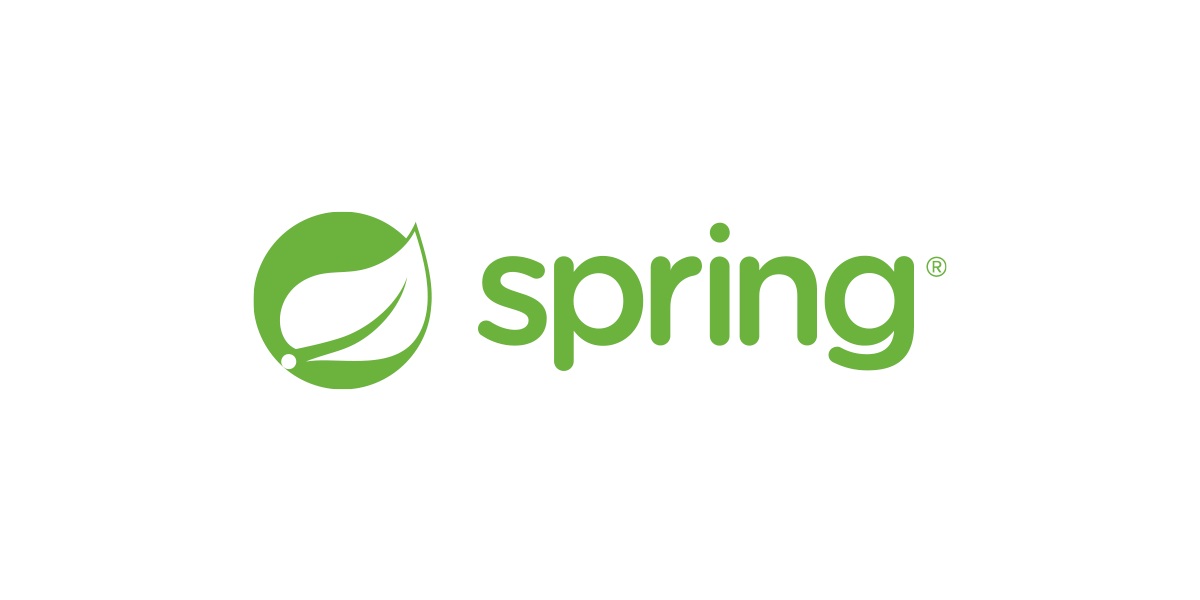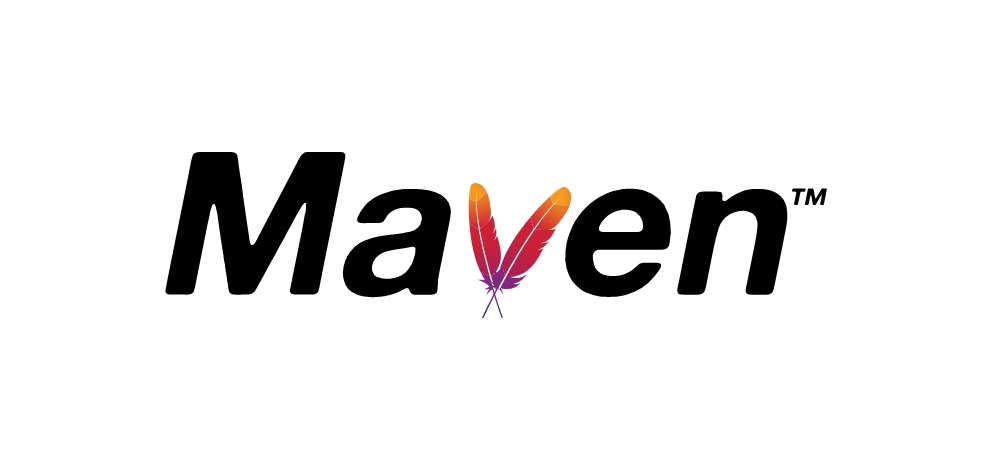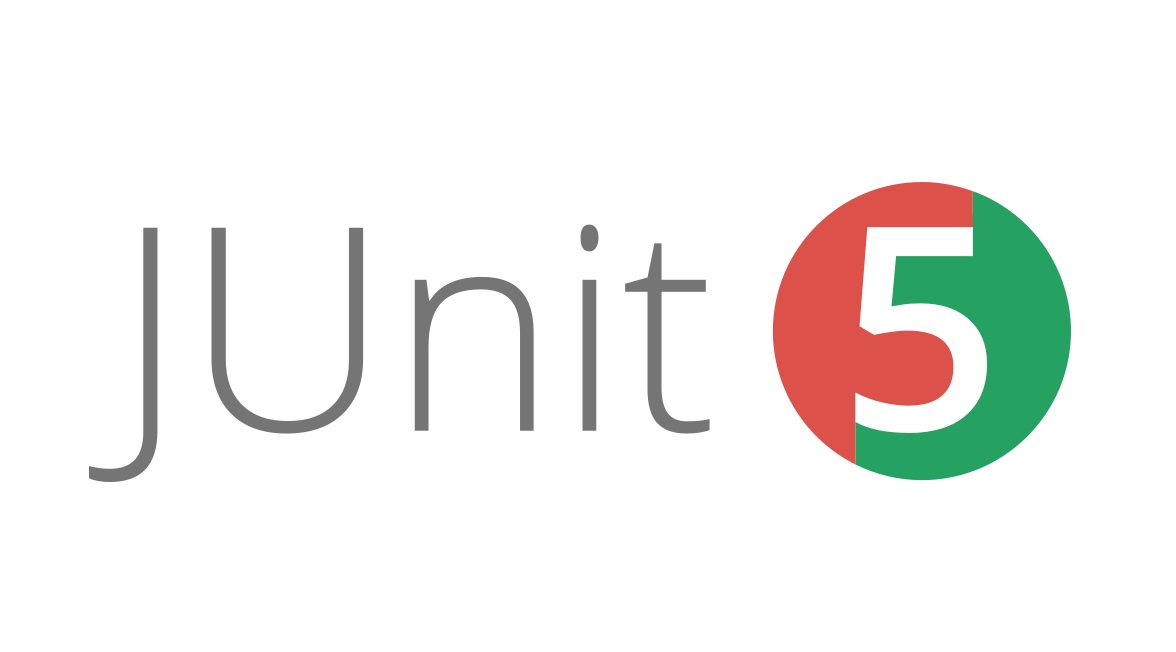What is the famous Java Spring Framework?
Published

How does the Java Spring Framework work?
The Java Spring Framework is an open source framework based on the Java platform was developed. It offers a comprehensive infrastructure for the development of Java applications and facilitates the implementation of enterprise applications. The framework consists of various modules, each of which provides specific functions.
If you want to refresh or even expand your Java knowledge, we recommend Skillshare as a learning platform.
| Aspect | Description |
|---|---|
| Lightweight framework | Spring is a lightweight framework for the development of Java applications that minimizes overhead and enables high productivity. |
| Dependency Injection (DI) | Spring enables dependency injection to manage dependencies between components and create loosely coupled applications. |
| Inversion of Control (IoC) | Spring implements the IoC principle, in which control over the creation and lifetime of objects is left to the framework. |
| Modulares Design | Spring offers a modular design with a wide range of modules that can be used individually or combined, depending on the requirements of the project. |
| Support for web applications | Spring offers extensive support for the development of web applications with modules such as Spring MVC, Spring WebFlux and Spring Web Services. |
| Data access and integration | Spring simplifies data access with modules such as Spring Data, Spring JDBC and Spring ORM and offers seamless integration with relational databases, NoSQL databases and other data sources. |
| Transaction management | Spring provides comprehensive transaction management support to ensure data consistency and integrity in business-critical applications. |
| Security mechanisms | Spring offers extensive security mechanisms for authentication, authorization and protection against attacks such as cross-site scripting (XSS) and cross-site request forgery (CSRF). |
| Test support | Spring facilitates the testing of applications by integrating with test frameworks such as JUnit and Mockito to perform unitary and integrative tests. |
| Aktive Community und Ressourcen | Spring has a large and active community that provides extensive documentation, tutorials, forums and resources. |
The core module of the Java Spring Framework is the Spring Container, which is the central component of the framework. The Spring Container is an inversion-of-control container that manages objects and their dependencies. It enables the creation of objects, known as beans, and manages their lifecycle. The Spring Container also provides support for the integration of databases, Web applications and other technologies.
Another important module of the Java Spring Framework is Spring MVC (Model View Controller) which provides an architecture for the development of web applications. Spring MVC offers a clear separation of business logic and presentation layer and facilitates the development of web applications through the use of annotations and configuration files.
What advantages does the Java Spring Framework offer?
The Java Spring Framework offers a number of advantages for the development of Java applications. Some of the most important advantages are
- Lightweight: The Java Spring Framework is very lightweight and requires only minimal configuration.
- Modularity: The framework consists of various modules, each of which provides specific functions. This allows the framework to be easily adapted to the requirements of an application.
- Inversion of Control: The Spring Container takes over the management of objects and their dependencies. This simplifies the development of applications and improves maintainability.
- Support for various technologies: The Java Spring Framework provides support for a variety of technologies, including databases, web applications and messaging.
- Testability: The framework facilitates the creation of unit tests and integration tests through the use of dependency injection and mock objects.
How is the Java Spring Framework used?
The Java Spring Framework is used in a wide range of applications, from small web applications to large enterprise applications. The framework is used by many companies and organizations, including large companies such as Amazon, Netflix and LinkedIn.
The framework is often used in combination with other technologies, such as Hibernate for database integration or AngularJS for the development of single-page applications.
Using the Java Spring Framework requires some training as the framework provides many concepts and features. However, there are a variety of resources and training courses that can help developers to use the framework effectively.
Basics of the Java Spring Framework
| Modul | Description |
|---|---|
| Spring Core | Basic core functionality of the Spring Framework, including Dependency Injection and Inversion of Control (IoC). |
| Spring MVC | Module for the development of web applications with the Model-View-Controller (MVC) architecture pattern. |
| Spring Boot | Simplifies the configuration and development of Spring-based applications and provides an integrated runtime environment. |
| Spring Data | Supports data access through simplified repositories, query creation and integration with various data sources. |
| Spring Security | Provides comprehensive security mechanisms for authentication, authorization and protection of Spring applications. |
| Spring AOP | Supports aspect-oriented programming (AOP) for the implementation of cross-cutting concerns in Spring applications. |
| Spring ORM | Integration with various ORM frameworks such as Hibernate and JPA for database interaction. |
| Spring Integration | Enables seamless integration of applications through messaging, event-driven architecture and enterprise integration patterns. |
| Spring Batch | Supports the processing of large amounts of data in batch jobs and offers functions for batch processing. |
| Spring Web Services | Supports the development of web services with SOAP and REST protocols and offers integration with various web services standards. |
| Spring Test | Provides support for testing Spring applications through integration with test frameworks such as JUnit and Mockito. |
Java Spring is a framework that is used for the development of Java applications. It is one of the most popular frameworks for the development of enterprise applications. The framework offers a variety of features that facilitate the development of applications. In this blog, we will look at some of the basics of the Java Spring framework.
Dependency Injection
Dependency injection is a concept used in the Java Spring Framework. It is a design pattern that resolves the dependencies between the components of an application. In traditional programming, a class creates its dependencies itself. With dependency injection, the creation of dependencies is outsourced. This means that a class does not create its dependencies itself, but is created by another class. The Java Spring Framework uses dependency injection to resolve the dependencies between the components of an application. There are two types of dependency injection: constructor injection and setter injection. Constructor injection is used to inject dependencies via the constructor of a class. Setter injection is used to inject dependencies via setter methods of a class.
Inversion of Control
Inversion of Control is another concept used in the Java Spring Framework. It is a design pattern that shifts control over the creation of objects from the class itself to another class. In traditional programming, a class creates its objects itself. With Inversion of Control, the creation of objects is outsourced. This means that a class does not create its objects itself, but is created by another class. The Java Spring Framework uses inversion of control to outsource the creation of objects. There are two types of inversion of control: container and factory. Container is used to create and manage objects. Factory is used to create and return objects.
Spring Beans
Spring Beans are the basic building blocks of the Java Spring Framework. A Spring Bean is a class that is managed by Spring. Spring beans are managed in a container and can be injected via dependency injection and inversion of control.Spring beans can be created as a singleton or as a prototype. Singleton means that only one instance of the Spring Bean is created. Prototype means that a new instance is created each time the Spring Bean is needed.
Spring MVC
Spring MVC is a part of the Java Spring Framework that is used for the development of web applications. It is a model-view-controller framework that facilitates the development of web applications. Spring MVC provides a variety of features that facilitate the development of web applications.Spring MVC uses the front controller design pattern to process user requests. The front controller is the central component of Spring MVC and is responsible for processing requests and forwarding them to the appropriate controllers.To summarize, the Java Spring Framework offers a variety of features that facilitate the development of Java applications. Dependency Injection, Inversion of Control, Spring Beans and Spring MVC are some of the basics of the Java Spring Framework that every developer should know. With these basics, developers can develop more effective and efficient applications.
Advanced concepts of the Java Spring Framework
Spring Security
Spring Security is a framework that enables developers to integrate security functions into their applications. It provides a comprehensive security infrastructure that allows developers to integrate authentication, authorization and other security features into their applications. Spring Security is able to defend against a variety of security threats, including cross-site scripting (XSS), cross-site request forgery (CSRF) and SQL injection attacks.Spring Security offers a variety of features, including:- Authentication and authorization- Protection against CSRF attacks- Protection against XSS attacks- Protection against SQL injection attacks- Support for single sign-on (SSO)- Support for OAuth and OpenID Connect
Spring Data
Spring Data is a framework that enables developers to simplify database access in their applications. It provides a variety of functions that allow developers to abstract and simplify database access. Spring Data supports a variety of databases, including MySQL, PostgreSQL, MongoDB, and Cassandra.Spring Data provides a variety of features, including:- Database access abstraction- Support for various databases- Support for NoSQL databases- Support for transactions- Support for paging and sorting- Support for integration with other Spring frameworks
Spring Boot
Spring Boot is a framework that enables developers to create applications quickly and easily. It offers a variety of features that allow developers to create applications quickly and easily without having to worry about configuration and setup. Spring Boot is capable of creating a variety of applications, including web applications, RESTful services and batch jobs.Spring Boot offers a variety of features, including:- Automatic configuration- Support for various databases- Support for various web frameworks- Support for RESTful services- Support for batch jobs- Support for microservices
Spring Cloud
Spring Cloud is a framework that enables developers to create cloud-native applications. It offers a variety of features that enable developers to create cloud-native applications quickly and easily. Spring Cloud is capable of building a variety of cloud-native applications, including microservices, service discovery, and configuration management.Spring Cloud offers a variety of features, including:- Service discovery- Configuration management- Load balancing- Circuit breakers- Support for microservices- Support for cloud-native applicationsOverall, the Java Spring Framework offers a variety of advanced concepts that help developers build applications quickly and easily. From security features to cloud-native applications, the Java Spring Framework provides a comprehensive infrastructure that helps developers build applications quickly and easily.
Integration of Java Spring Framework with other technologies
Java Spring Framework is one of the most popular Java development platforms used by developers around the world. It offers a variety of features and tools that facilitate the development of Java applications. One of Spring's strengths is its ability to integrate seamlessly with other technologies. In this blog, we will focus on Spring's integration with databases, RESTful web services and messaging systems.
Integration with databases
Spring offers comprehensive support for integration with various databases. It supports both relational and non-relational databases. Spring Data is a part of the Spring framework that facilitates integration with databases. It provides an abstraction layer that allows developers to use databases regardless of the underlying database technology.
Spring Data also supports the use of ORM frameworks such as Hibernate, JPA and MyBatis. These frameworks make it easier to work with databases by providing an object-oriented view of the database. Spring Data also provides support for the use of NoSQL databases such as MongoDB and Cassandra.
Integration mit RESTful Web Services
Spring offers comprehensive support for the development of RESTful web services. It offers a variety of functions and tools that facilitate the development of RESTful web services. Spring MVC is a part of the Spring framework that facilitates the development of web applications. It provides an abstraction layer that enables developers to develop RESTful web services independently of the underlying web technology.
Spring MVC also supports the use of JSON and XML as a data format for RESTful web services. It also provides support for the use of OAuth and other authentication and authorization mechanisms.
Integration with messaging systems
Spring also offers comprehensive support for integration with messaging systems. It offers a variety of functions and tools that facilitate the development of messaging applications. Spring Integration is a part of the Spring framework that facilitates the integration of messaging systems. It provides an abstraction layer that allows developers to use messaging systems independently of the underlying messaging technology.
Spring Integration also supports the use of various messaging protocols such as JMS, AMQP and MQTT. It also provides support for the use of various messaging patterns such as publish-subscribe, point-to-point and request-reply.
The integration of Java Spring Framework with other technologies is an important aspect of Java development. Spring offers comprehensive support for integration with databases, RESTful web services and messaging systems. These integrations facilitate the development of Java applications and improve the performance and scalability of applications.
Best practices for the use of Java Spring Framework
Java Spring Framework is a powerful framework that facilitates the development of Java applications. It offers a variety of features and tools that help developers create more efficient and robust applications. In this blog, we will discuss some best practices for using Java Spring Framework.
Use of annotations
Annotations are one of the most important functions of the Java Spring Framework. They allow developers to define specific functions and behaviors in their applications. Here are some best practices for using annotations in Java Spring Framework:
- Use @Autowired to inject dependencies between components.
- Use @Component to identify a class as a Spring component.
- Use @Controller to identify a class as a Spring controller.
- Use @Service to identify a class as a Spring service.
- Use @Repository to mark a class as a Spring repository.
- Use @RequestMapping to define a URL mapping for a controller.
- Use @PathVariable to retrieve a path parameter in a URL.
- Use @RequestParam to retrieve a query parameter in a URL.
Use of configuration files
Configuration files are an important component of Java Spring Framework. They allow developers to centralize and simplify the configuration of their applications. Here are some best practices for using configuration files in Java Spring Framework:
- Use application.properties or application.yml to define the configuration of your application.
- Use @Configuration to define a configuration class.
- Use @Value to retrieve values from a configuration file.
- Use @PropertySource to load an external configuration file.
- Use @Profile to define different configurations for different environments.
Use of tests
Tests are an important part of any application development. They help developers to ensure that their applications work correctly and do not contain any errors. Here are some best practices for using tests in Java Spring Framework:
- Use JUnit or Mockito to write unit tests for your application.
- Use Spring Test to write integration tests for your application.
- Use @MockBean to create mock objects for your tests.
- Use @SpringBootTest to create a complete integration test environment.
- Use @WebMvcTest to test only the web part of your application.
Overall, there are many best practices for using Java Spring Framework. By following these best practices, you can ensure that your applications are more efficient, robust and better tested.








